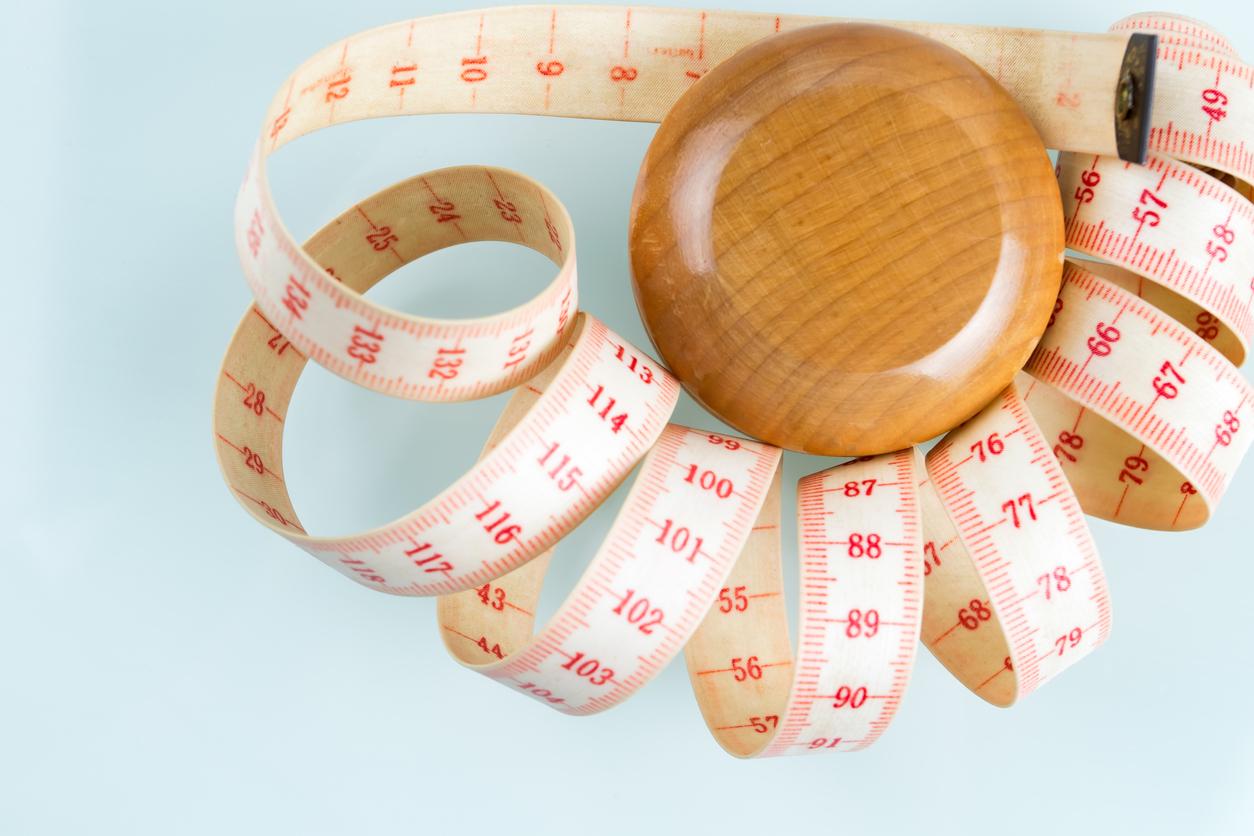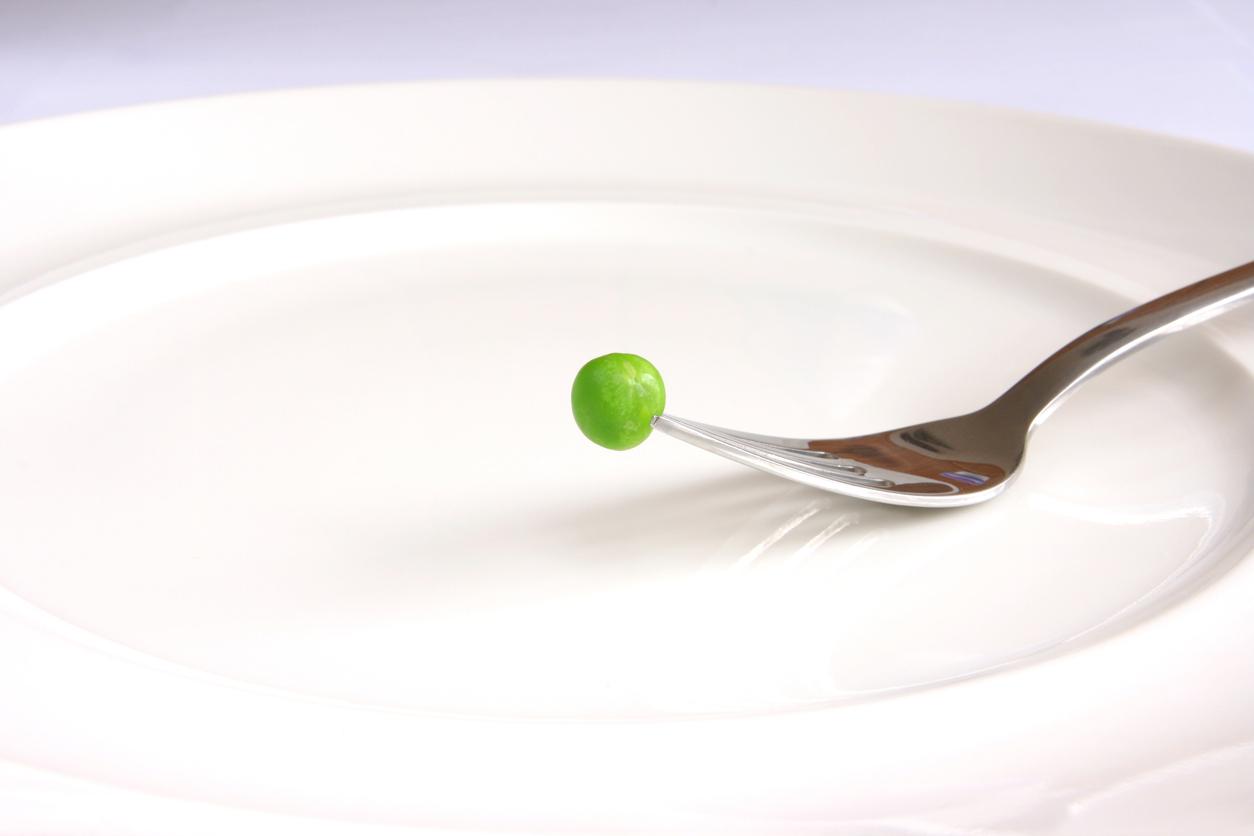Eating habits are changing. Flexitarianism(39% of French people say they are flexitarians, that is to say they eat meat only occasionally), the vegetarianism Where veganism are shaking up the nutritional landscape. These movements invite you to slow down or even sulk animal proteins.
Riding on this trend, nutrition specialists invite this shift towards a 100% natural plate. Marco Borges, coach and researcher in nutrition, is one of those popular “gurus” who aim to revise our plate with a healthy and ecological approach. Kezako? The “greenprint” diet advocates the switch to a totally natural diet to improve health and lose weightwithout impact on the environment. It is the “dietetic version of the carbon footprint”, says its founder, greedy in marketing formulas. “The green footprint measures the impact of our food choices on our weight, our health and our planet, defines Marco Borges in his book” Greenprint “(Massot Editions). The health benefits of this transition?” Lower blood pressure , lower lipid and blood sugar levels, and weight loss. Vegans weigh on average ten kilos lessthan meat eaters, “argues the New York coach. >> Calculate your BMI online with our tool
A sports physiologist, the American has converted to his “way of life” several stars such as Jay-Z and Beyonce, who have become ambassadors of the movement on social networks with “22-days nutrition coaching” (a 22-day challenge to become vegan).
22 rules for a green footprint
How to become a “green” eater? Marco Borges dispenses in his book “Greenprint” (Massot éditions) 22 rules to gradually switch to a 100% natural and vegan diet. The transition takes place in three phases, each with sample menus and recipes for each of the meals of the day.
- During phase 1, the “soft” phase, we introduce one vegan meal per day for 11 days, whether it is breakfast, lunch or dinner.
We are starting to eliminate animal products by banning one or two food groups (meat, fish and seafood, cheese, eggs, honey or cream). Sample menu offered: a vegetarian burger and green salad with vinaigrette.
- During phase 2, we move up a gear and this time we introduce two natural meals per day for eleven days. For example, breakfast and lunch, breakfast and dinner. We continue to reduce meat products. We call on our culinary creativity to add a vegetable sauce to our meat dishes. For example: tacos with mushroom chorizo and lettuce.
- During phase 3, the diet becomes 100% vegetable. Recipes, advice and typical menus are given here too to follow the plan of this last stage which lasts 44 days. Sample menu offered: stir-fried Asian vegetables and quinoa.
Exit processed foods
Beyond these three phases, this “greening” requires giving up certain bad habits, such as the consumption of processed foods.
- We sort our cupboards and we throw away industrial products.
- Artificial sweeteners are banned. Avoid food products whose label includes the words: acesulfame-potassium, aspartame, saccharin or sucralose.
- The program invites you to do the hunt for added sugars hidden in industrial foods under various names (corn syrup, corn sugar, glucose, fructose, sucrose, maltose, honey, molasses, fruit concentrates, dextrose …).
- We replace dairy products (cheese, cream, milk) by vegan alternatives (to be adapted according to the recipes). For example we prefer olive oil rather than butter and we think of vegetable milks (almonds, soybeans, oats, rice …).
- Goodbye processed white flour : we opt for whole flours, more interesting from a nutritional point of view (particularly rich in fiber and bran, vitamins B and E, magnesium, good fats) and also to regulate blood sugar in the event of weight loss or for reasons of health.
- We free ourselves from meat : cold cuts, industrial meat and any product of animal origin.
- We change our diet gradually by adopting a “kaizen” approach, a Japanese management method which means “positive change”. Reprogramming your brain and changing your eating habits is done slowly and in small steps, says Marco Borges. Keeping a food journal can help kick-start the momentum and identify small changes.
- We allow ourselves a gap sometimes. Refrain from soft foods is the best way to stress your body and give up along the way. The nutritionist advises to indulge yourself once a week, for example by offering yourself a gourmet dessert during the week or a glass of wine.
The opinion of a nutritionist
Is this diet a method to follow? Laetitia Proust-Millon, dietician-nutritionist, recognizes the importance of reviewing your diet: “Today, moving towards a flexitarian diet is a good thing from a health and environmental point of view and nutritionists should generally encourage a reduction in animal protein intake. As well as moving towards a diet that is as natural as possible and as less processed as possible is also desirable “. The specialist has some reservations about the “conversion” to veganism. “Encouraging people to go vegan seems potentially dangerous to me because this diet can lead to a number of dangerous deficiencies (essential amino acids, vitamins B12, essential fatty acids, iron for women, etc.). This type of diet requires solid nutritional knowledge or support in order to be able to be maintained in good conditions and to guarantee optimal nutritional intake and therefore good health. “
Greenprint, Massot Editions, € 24.90. More info on www.thegreenprintproject.com
Read also
Calculate your ideal weight
One in five French people are vegetarians
Pope Francis invited to go vegan for 40 days
Can food apps make us orthorexic?















